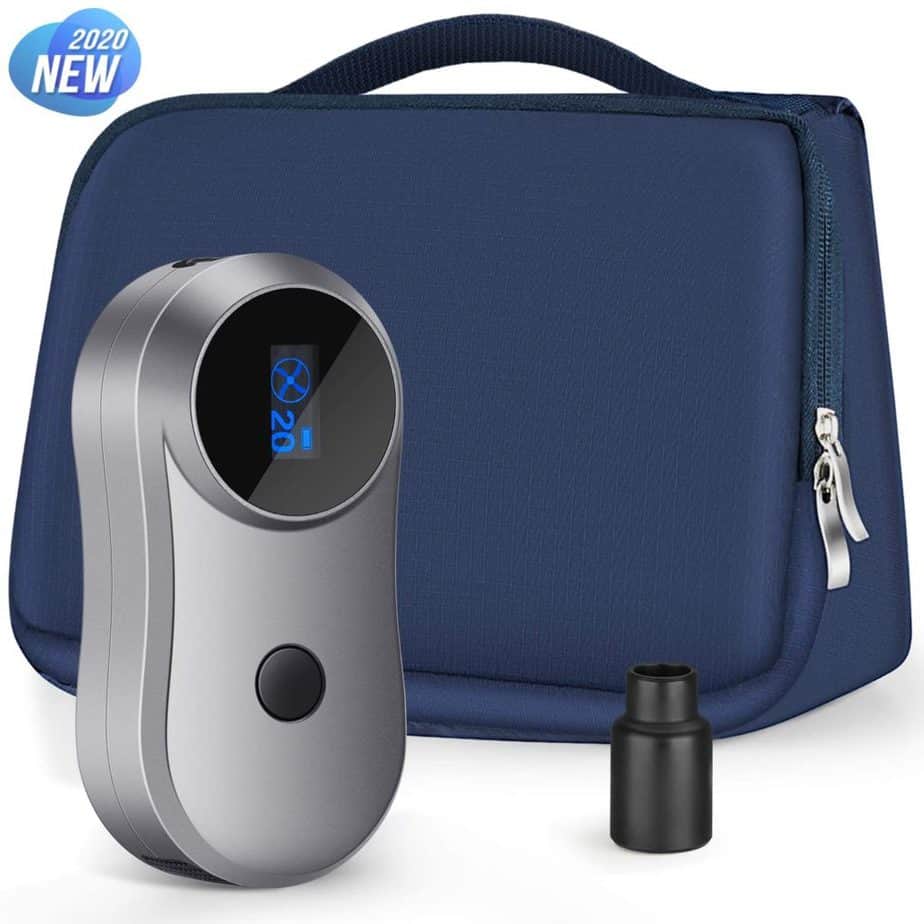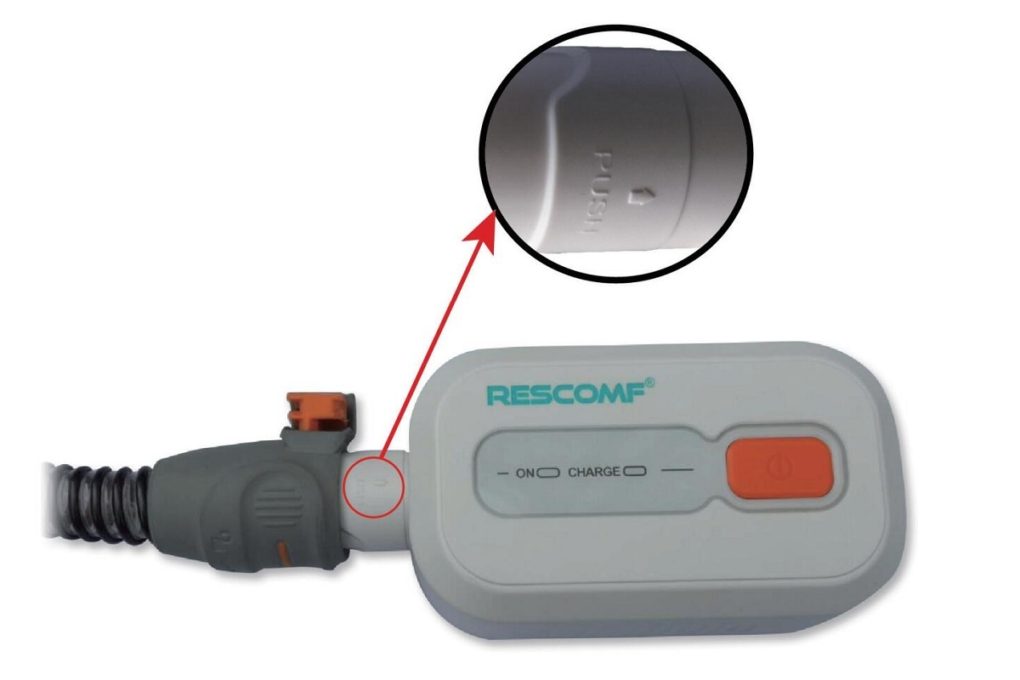
Contact details for your doctor and the supplier of your device’s equipment.Extras to PackĪlong with a letter from your doctor certifying your treatment plan, some additional documentation may be necessary in case of a medical issue while away. An extension cord can be a useful item to pack in case you arrive at your hotel and find the power sockets are nowhere near the bed. If your travelling has extra elements, such as a cruise or overnight train or bus journey, you should check to ensure power sockets are available to run your machine. Check your machine has this facility before travelling or pack an outlet adapter just in case. Most CPAP machines can run on other voltages thanks to a built-in ‘switch mode’. Packing For Your TripĪ little forethought will help if you suffer with sleep apnea. This is important if you plan on taking it on an overseas flight. Additionally, a hard case, fitting the machine itself, or a travel bag with a convenient strap to attach to your carry-on handle are available to keep your AirMini safe and accessible during travel.īoth the Z2 and AirMini are compliant with all current FAA (Federal Aviation Administration) regulations. This device offers proven AutoSet therapy, effective waterless humidification, with connected AirMini app to maintain therapy qualityĪirMini uses less power than a traditional bedside CPAP unit and requires a 20W power supply. Weighing just 10.6 oz and the size of a smartphone, the ResMed AirMini is also great for travel. And the Z2 has a water-less humidification system. It weighs only 10.4 ounces and is quite easy to handle. The Z2 Auto Travel CPAP is essentially a more streamlined version of the Z1 series. Not only are they easy to transport, but they will provide you with the very same results that you have come to expect from a standard unit. This is why it is a good idea to purchase a travel model. Traditional CPAP machines may be a bit bulky to transport from place to place. This can act as insurance against issues when going through an airport where staff may not be as aware of these devices. It can be a good idea to travel with a letter from your doctor explaining about the need for your machine and how it is required to treat your OSA. The check-in may be performed without the need to remove the machine from its carry bag, but if this is not possible, it will be placed in a plastic bag for the purpose. Keep in mind, different airports may have different security screening methods, which may involve an x-ray or possibly a swab for explosives. You can also check with the airline on the availability and accessibility of power sockets if your flight is a long one and you expect to sleep at some point.Īirport security staff should be aware of your therapy machine. However, for peace of mind, it can be worthwhile to double-check the airline’s policy in advance. This will not count as one of your carry-on items as it is classed as a medical machine. Rather than risk damage by packing the machine in your baggage, you should be able to carry it on to the plane in a separate bag.

If your trip involves a flight, taking your CPAP machine should not be an issue. Adhering to the treatment when travelling will help you receive better rest and feel more refreshed. Just a single night without CPAP can have a negative impact on blood pressure levels as well as deprive you of the good-quality sleep needed to recharge your body. Whether you are travelling for business or leisure, it is important to adhere to the treatment course when away from home

This is particularly so if you suffer with OSA and are using CPAP therapy as treatment. Planning ahead makes travel a less stressful and smoother experience.


 0 kommentar(er)
0 kommentar(er)
